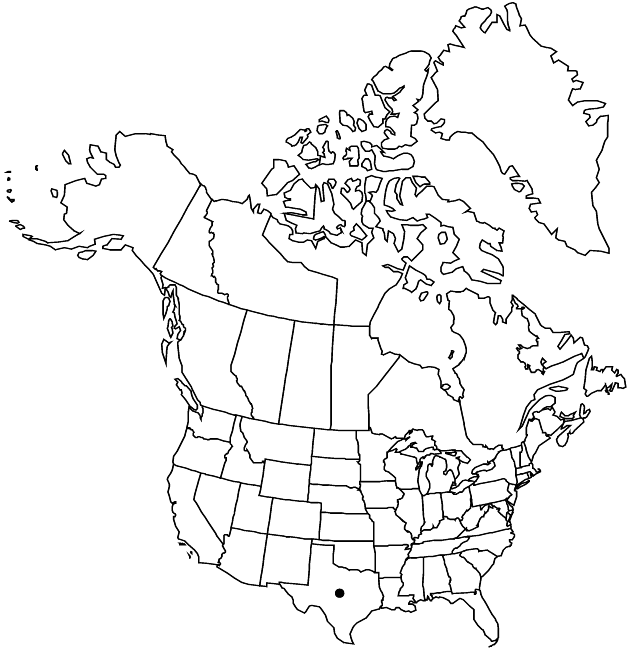Difference between revisions of "Grindelia grandiflora"
Bot. Mag. 78: plate 4628. 1852.
FNA>Volume Importer |
imported>Volume Importer |
||
| (2 intermediate revisions by 2 users not shown) | |||
| Line 45: | Line 45: | ||
|publication year=1852 | |publication year=1852 | ||
|special status= | |special status= | ||
| − | |source xml=https:// | + | |source xml=https://bitbucket.org/aafc-mbb/fna-data-curation/src/2e0870ddd59836b60bcf96646a41e87ea5a5943a/coarse_grained_fna_xml/V19-20-21/V20_982.xml |
|tribe=Asteraceae tribe Astereae | |tribe=Asteraceae tribe Astereae | ||
|genus=Grindelia | |genus=Grindelia | ||
Latest revision as of 21:07, 5 November 2020
Annuals, 50–150(–200) cm. Stems erect, stramineous, glabrous. Cauline leaf blades oblanceolate or lanceolate to linear, 25–40(–60) mm (distal smaller, ± appressed), lengths mostly 4–6 times widths, bases ± clasping, margins ± crenate (teeth mostly 9–15 per cm, rounded to obtuse or blunt, resin-tipped), apices acute to acuminate, faces glabrous, little, if at all, gland-dotted. Heads borne singly or in open, corymbiform arrays. Involucres broadly urceolate, 8–14 × 10–20+ mm. Phyllaries in 5–6 series, slightly spreading to appressed, linear to lance-attenuate or lanceolate, apices incurved to straight, filiform to subulate, slightly resinous. Ray florets 17–26; laminae 10–12 mm. Cypselae stramineous to reddish brown, 2–3+ mm, apices coronate to knobby, faces striate or furrowed; pappi of 2–4 straight, barbellulate or smooth (apices slightly dilated), setiform awns 3–4.5 mm, shorter than to nearly equaling disc corollas. 2n = 12.
Phenology: Flowering Aug–Oct.
Habitat: Stream banks, roadsides, ditches, grasslands, scrublands, open woodlands
Elevation: 300–1200 m
Distribution

Tex., Mexico (Coahuila, Nuevo León).
Discussion
Selected References
None.